
Italy Travel Guide
Explore Italy’s charm with our travel guide. From Rome’s history to Venice’s canals
Home • Destination • Spain • Canary Islands Travel Guide

“The most beautiful in the world is, of course, the world itself.” - Wallace Stevens
Embark on a journey to the Canary Islands, a blissful oasis in the heart of the Atlantic Ocean. Encompassing seven volcanic islands, this captivating archipelago presents a striking contrast of landscapes, from verdant valleys to glistening sandy shores. Enjoy the perpetual springtime with delightful weather year-round, relish the exquisite tastes of Canarian dishes, and partake in thrilling adventures like surfing, diving, and trekking.
Don’t miss the celestial spectacle of stargazing in the clear skies. Immerse yourself in the vibrant local culture and festivals, and feel the warm hospitality of the locals. Whether seeking relaxation or excitement, the Canary Islands promise an unforgettable vacation filled with cherished memories. Pack your bags and get ready to embrace this captivating paradise!
The currency used in the Canary Islands is the Euro (€), which is the same currency used throughout Spain and most other countries in the European Union.

Explore Italy’s charm with our travel guide. From Rome’s history to Venice’s canals
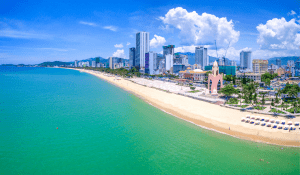
Searching for stunning beaches, delicious food, and Vietnamese charm? Discover our Nha Trang

Discover our Ubud Travel Guide: from attractions & transport to food & costs.
The history of the Canary Islands is as fascinating as its breathtaking landscapes. Originally inhabited by Berber tribes, in the 14th century, the Kingdom of Castile claimed sovereignty, and the Canary Islands became an essential stopover for explorers during the Age of Discovery. Christopher Columbus made a crucial stop here on his way to the Americas in 1492.
Throughout the centuries, the islands faced attacks from pirates and privateers, leading to the construction of impressive defensive fortifications. The Canaries also played a vital role in global trade, serving as a key point in the transatlantic slave trade.
The volcanic nature of the islands influenced the culture and architecture. The inhabitants, known as Guanches, had unique customs and practices. Over time, the Canarian culture blended with Spanish influences, creating a distinctive identity that persists today.

During the Spanish Civil War, the islands remained loyal to the Republican government. In 1982, they were granted autonomous status within Spain.
Today, the Canary Islands continue to attract visitors with their rich history, diverse culture, and stunning natural beauty.
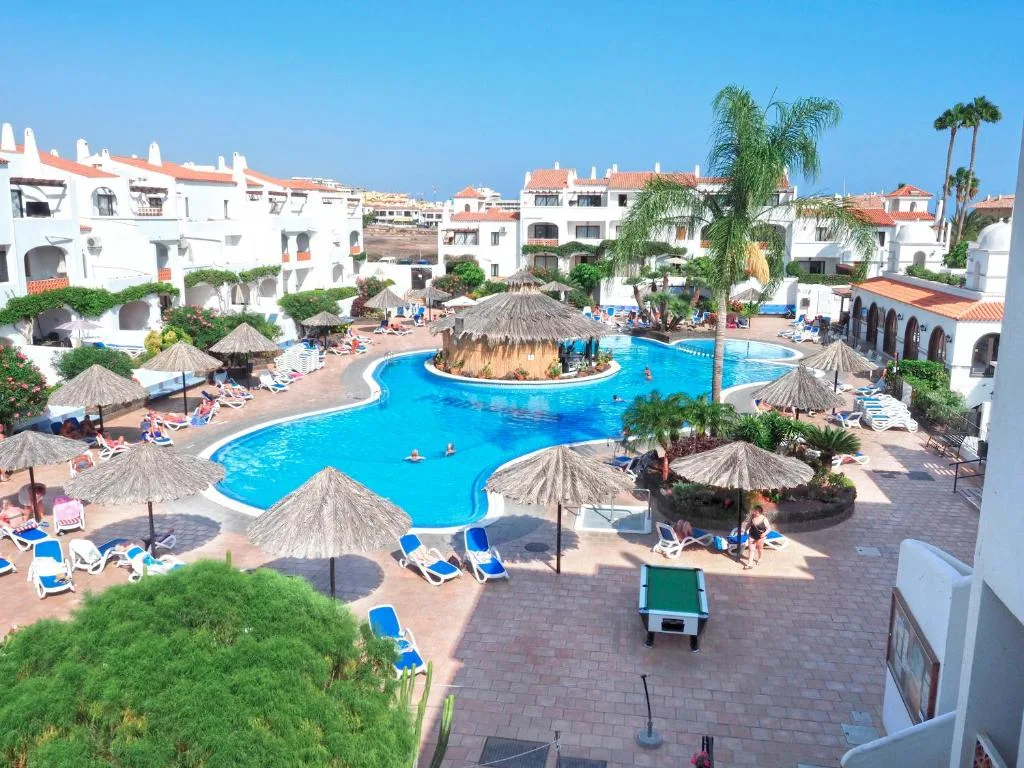
This Four Star Resort is located in Tenerife’s Amarilla Golf & Country Club, featuring an 18-hole golf course overlooking the Atlantic Ocean.

The culture of the Canary Islands is vibrant and diverse, showcasing a unique blend of traditions. Rooted in its ancient Guanche heritage, the islands have embraced Spanish customs and later absorbed elements from Africa and Latin America due to their historical significance in global trade.
Music, dance, and festivals form an integral part of the Canarian identity. Traditional music, like the timple, and folkloric dances, such as the lively “baile de magos,” bring communities together to celebrate their heritage.

Local cuisine is a delicious fusion of flavors, with fresh seafood, savory stews, and unique dishes like “papas arrugadas” and “mojo” sauces. The Canarians’ warm hospitality and strong sense of community create a welcoming atmosphere for visitors.
In addition to their cultural richness, the people of the Canary Islands take great pride in preserving their natural surroundings, promoting eco-tourism and sustainable practices. This fusion of heritage, festivity, and environmental consciousness makes the culture of the Canary Islands a captivating and unforgettable experience.
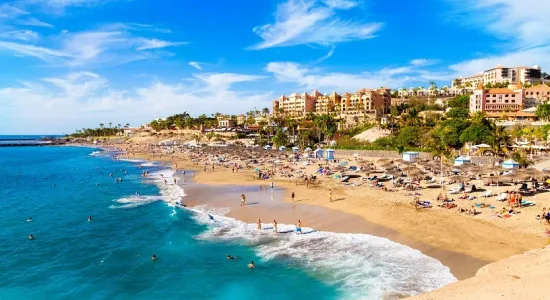
If it’s your first time to visit the Canary Islands, these top destinations are a must-see! Tenerife, the largest island, beckons with the majestic Mount Teide which is a sleeping Volcano and at the top is the highest point in Spain and the highest point above sea level in the islands of the Atlantic.
It’s also recommended to visit the vibrant capital of Santa Cruz de Tenerife which has a captivating blend of culture, history, and modernity. Gran Canaria entices with its iconic Maspalomas dunes and charming villages like Teror and Lanzarote captivates with its otherworldly Timanfaya National Park and the artistic legacy of César Manrique.

La Palma offers a lush escape with the awe-inspiring Caldera de Taburiente and world-renowned stargazing opportunities. Fuerteventura awaits with its windswept beaches and water sports, while La Gomera delights with the tranquil Garajonay National Park and unique whistling language.
Lastly, El Hierro invites you to discover its unspoiled nature, crystal-clear waters, and serene atmosphere. Each island offers a distinct blend of natural wonders, cultural treasures, and warm hospitality, making your Canary Islands experience an unforgettable journey.

The main airport in the Canary Islands is the Gran Canaria Airport (LPA). It is located on the island of Gran Canaria and serves as a major international gateway to the archipelago. Gran Canaria Airport is the busiest airport in the Canary Islands and handles a significant number of domestic and international flights.
Other international airports in the Canary Islands include Tenerife South Airport (TFS), Tenerife North Airport (TFN), and Lanzarote Airport (ACE), which also serve as important points of entry for travellers visiting the different islands in the archipelago.
Multiple airlines offer flights between Australia and the Canary Islands, however, you will need a connecting flight from a European city, Qatar Airlines, Emirates and Etihad Airlines offer flights to this destination. The journey from Australia can take from 30 to 50 hours.
Once you arrive in the Canary Islands, there are several transportation options to get around the country:
Renting a car provides the flexibility to explore the islands at your own pace. The road infrastructure is generally good, and there are several car rental companies available at major airports and towns.
Renting a small car can cost around 20 to 50 EUR per day (approximately 32 to 80 AUD) depending on the type of car and rental duration.
Each island has an efficient and well-connected public transportation system, including buses and trams. It’s a cost-effective way to travel between cities and towns, especially for short distances.
Buses and trams are the most common forms of public transportation. The cost of a single bus or tram ticket varies between 1.25 to 2.50 EUR (approximately 2 to 4 AUD).
Ride-sharing is available in Arona, Adeje, Guía de Isora on Tenerife and the municipalities of Granadilla de Abona.
Taxis are readily available in most areas and offer a convenient way to reach specific destinations. They can be especially useful for shorter trips or when public transport is limited.
Taxi fares start at around 3.50 to 5 EUR (approximately 6 to 8 AUD) with an additional charge per kilometer.
Inter-island ferries operate regularly, providing a unique opportunity to hop between islands. It’s a popular option for day trips or island hopping to experience different landscapes and attractions.
Inter-island ferries’ costs depend on the distance and the specific route, but a one-way ticket between islands can range from 30 to 70 EUR (approximately 48 to 112 AUD) or more.
The islands offer a paradise for outdoor enthusiasts, with excellent opportunities for cycling and hiking. Many trails and paths lead to breathtaking viewpoints and natural wonders.
Renting a bike may cost around 10 to 30 EUR (approximately 16 to 48 AUD) per day.

The food scene in the Canary Islands offers a dynamic blend yum eats with influences from Spanish, African, and Latin American cultures. Fresh seafood takes centre stage, and other stand outs from grilled fish to hearty stews.
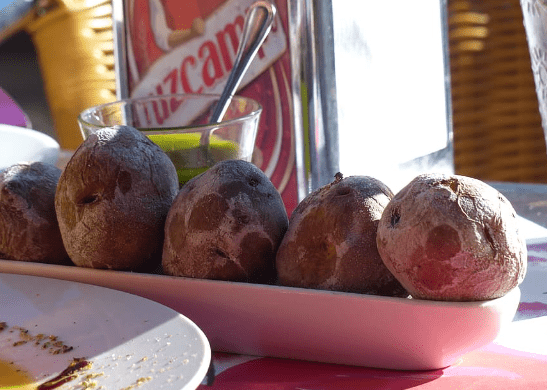
This iconic dish features small, wrinkled potatoes boiled in saltwater, served with the flavorful mojo sauces (green and red).

A delicious stew made with shredded beef, chickpeas, vegetables, and tomato sauce, offering a rich and hearty taste.

A comforting stew featuring a mix of meats, vegetables, and legumes, providing a taste of Canarian comfort food.

This traditional dish includes salted fish, typically served with potatoes, sweet potatoes, and mojo sauces, offering a unique blend of flavors.

Freshly caught fish and seafood prepared in traditional Canarian ways, such as grilled, fried, or in stews, offer a delightful taste of the islands' coastal cuisine.
The Canary Islands boast diverse beaches: urban gems like Las Canteras, dunes at Playa del Inglés, coves of Papagayo, and more…
The Canary Islands is a small yet diverse autonomous country with numerous things to do and see. Here are some highlights you shouldn’t miss:

If you're into photograpy then the Canary islands is the place to visit! The islands offer a stunning variety of landscapes, from golden beaches and lush forests to volcanic craters and dramatic cliffs.

For the food travelling foodies, experience a fusion of Spanish, African, and Latin American flavors that the Canary Islands have to offer!

You can explore Several islands in the Canarias, including La Palma and El Hierro, which are recognized as UNESCO Biosphere Reserves due to their unique ecosystems.
The Canary Islands offers a range of attractions and activities to make your trip memorable, here are a few things to do:

Jameos del Agua is located on the island of Lanzarote its a unique cave complex with auditorium, there are pools, and lush gardens.
Average cost would be around $15-$18 AUD
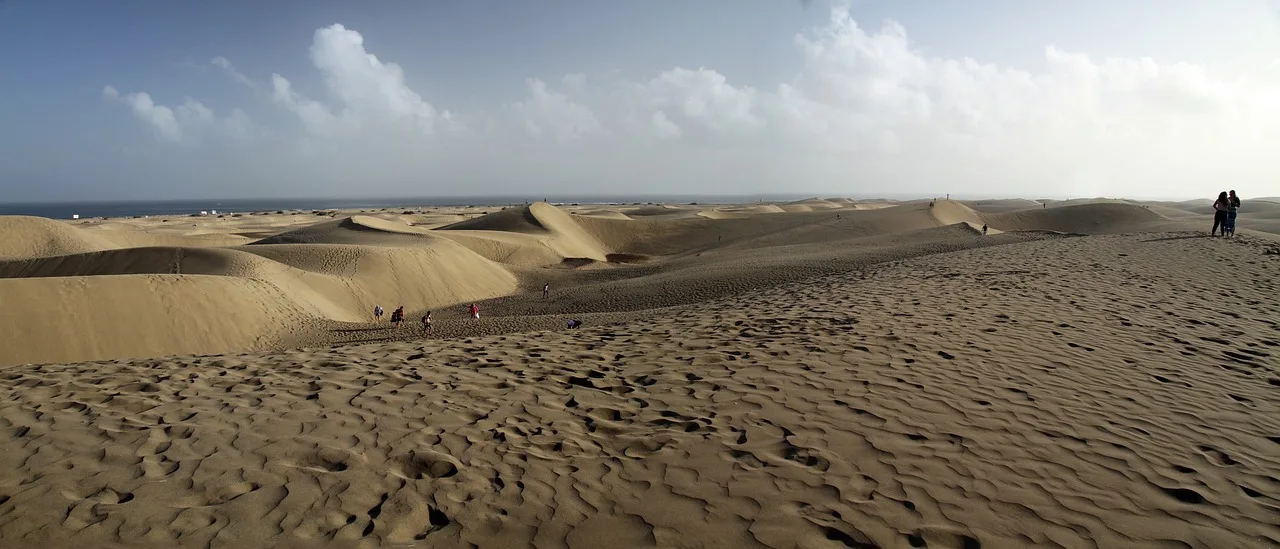
Maspalomas Dunes, is a remarkable natural area located on the southern coast of Gran Canaria. This area is not only visually stunning but also ecologically significant, as it provides a habitat for several rare plant species and migratory birds.
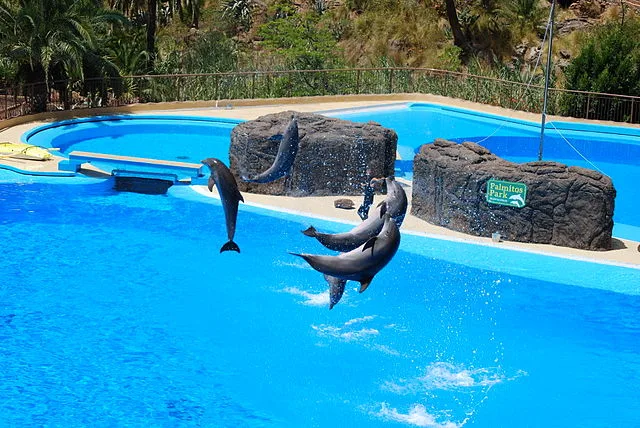
Palmitos Park is a captivating botanical garden and zoo in Gran Canaria, Canary Islands. It features diverse flora, exotic animals, bird shows, and interactive exhibits, offering a blend of education and entertainment.
Average cost: around $35-$45 AUD for adults.
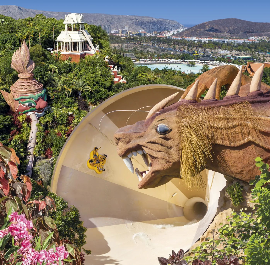
Siam Park Tenerife: Water park paradise with Thai-inspired architecture, thrilling slides, and a lazy river.
Average cost is around $50-60 AUD for adults.
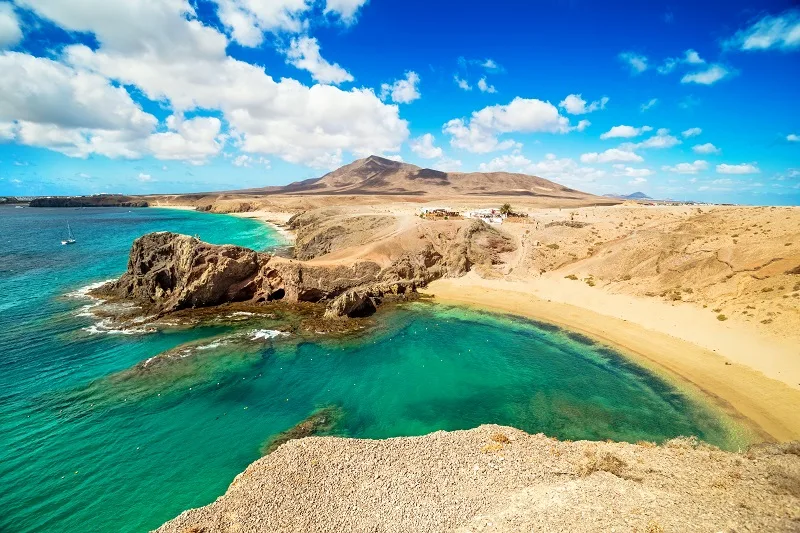
At Playa de Papagayo there are many coastal activities. Swim in crystal-clear waters and captivating snorkeling adventure spots. Explore coastal paths, capturing panoramic vistas while hiking or unwind to the soothing sound of the waves.

Auditorio de Tenerife is an iconic architectural masterpiece in Santa Cruz, Tenerife. Its avant-garde design hosts cultural events, concerts, and performances.
Average cost for events varies, starting around $20-$50 AUD.

When visiting the Canary Islands, tourists should be aware of the following local customs to show respect for the island’s culture:
Canarians are friendly and warm, and it’s customary to greet people with a handshake or a kiss on the cheek (a kiss on each cheek). Embrace this friendly gesture when meeting locals.
The majority of the population in the Canary Islands is Catholic, and religious traditions are an important part of the culture. When visiting churches or participating in religious events, dress modestly and behave respectfully.
The siesta, or midday nap, is still a common practice, especially in smaller towns and villages. During this time, some businesses might close, so plan your activities accordingly.
While Spanish is the official language, some locals may speak Canarian Spanish, which might have distinct words or phrases. Learning a few basic Spanish expressions can be helpful and appreciated by the locals.
Public drunkenness and disruptive behaviour are frowned upon. Respect local customs and maintain appropriate behaviour, especially in residential areas.
The Canary Islands are home to unique flora and fauna. Be mindful of the natural environment, avoid littering, and stay on designated paths during hikes to protect the fragile ecosystems.

The Canary Islands enjoy a mild and pleasant climate with relatively stable temperatures throughout the year, thanks to their location in the subtropical region. The archipelago experiences two main weather seasons:
During the summer months, the Canary Islands typically experience warm and dry weather. Average temperatures range from 24°C to 29°C (75°F to 84°F) in coastal areas. It’s a popular time for tourists to visit the islands, especially for beach activities and water sports.
The winter season in the Canary Islands is characterized by mild temperatures and occasional rainfall. Average temperatures range from 18°C to 22°C (64°F to 72°F) in coastal areas. While the weather remains relatively pleasant, some higher regions, especially in the mountains, may experience cooler temperatures.
As an Australian tourist, you do not need a visa to enter Spain.
Under the Schengen Convention, Australian citizens intending to travel to any Schengen country*, for a holiday or business, are authorised to stay in the Schengen zone for a maximum total of 90 days, without a visa, during any six month period.
90 Day visa reasons:
After spending 90 days in the Schengen countries, travellers are required to remain out of the Schengen area for a period of at least 180 days before they can re-enter.
* Countries part of the Schengen Convention: Austria, Belgium, Czech Republic, Denmark, Estonia, Finland, France, Germany, Greece, Hungary, Iceland, Italy, Latvia, Lithuania, Luxembourg, Malta, the Netherlands, Norway, Poland, Portugal, Slovenia, Slovak Republic, Sweden, Switzerland and Spain.
Note: Please double-check the above links and requirements before making travel arrangements, as they are subject to change.
SmartTaveller.gov.au travel advice is to exercise normal safety precautions. All COVID-19 travel restrictions for entry into Spain have been removed, and face masks are no longer required.
While the Canary Islands is considered safe for tourists, it’s still important to take precautions to avoid theft and stay safe. Be sure to keep an eye on your belongings and avoid walking alone at night, especially in less touristy areas. It’s also a good idea to carry cash in case credit cards aren’t accepted or there are issues with the card machines.

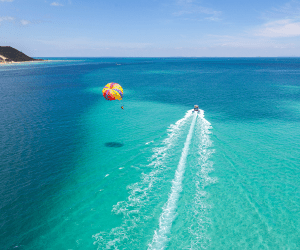
Discover Kuta: 5 things to do in Kuta in 2024. Beaches, Adventure Activities the nightlife and more…

Discover the breathtaking Ubud Swings in Bali – stunning views, unforgettable thrills, and the perfect Instagram photos await!

Explore Italy’s charm with our travel guide. From Rome’s history to Venice’s canals & Amalfi’s coast, discover culture, landscapes & cuisine tips!

Searching for stunning beaches, delicious food, and Vietnamese charm? Discover our Nha Trang travel guide for your ultimate coastal escape.
Please ensure you have a confirmed booking with the resort before paying for flights.